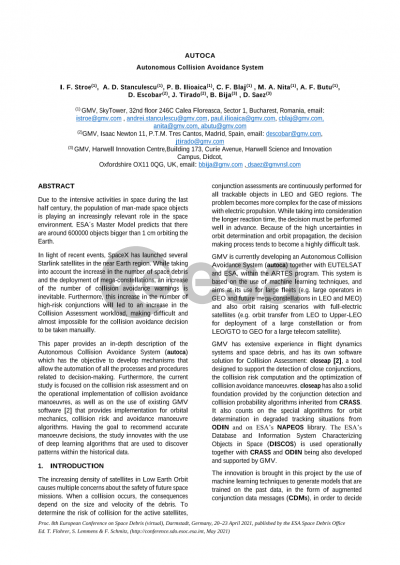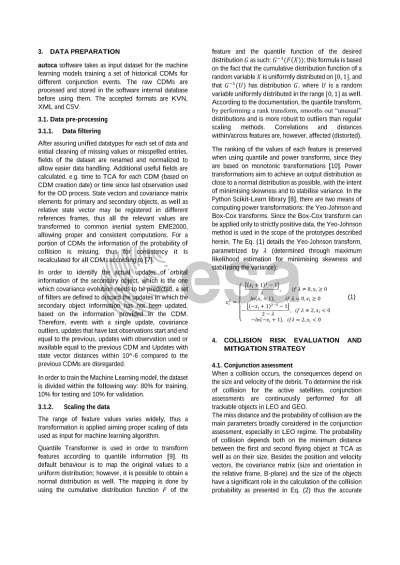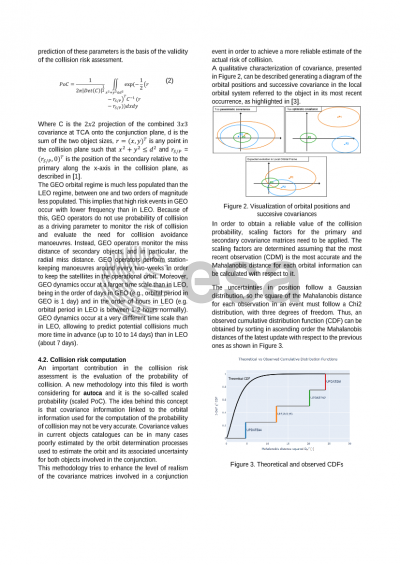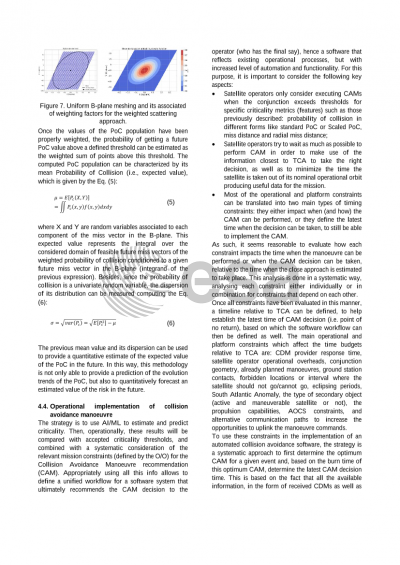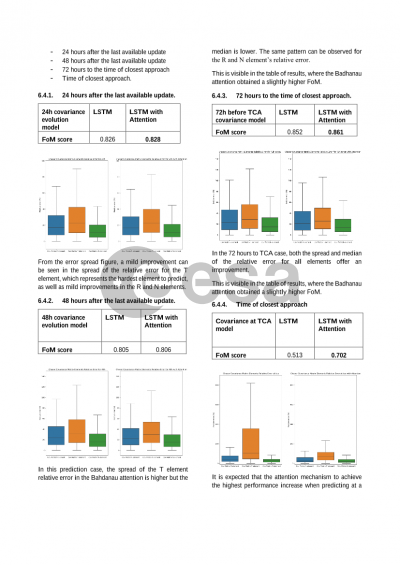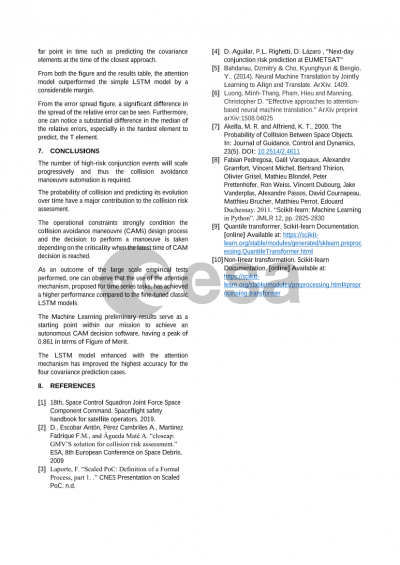Document details
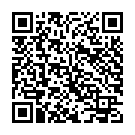
Abstract
The number of satellites and space debris has increased alarmingly in recent years, such as risky encounters have increased, especially in the near Earth region. The collision probability between space objects will increase constantly so that the analysis of high-risk conjunctions will become a time consuming task. The decision-making process in case of high-risk events involves a multitude of steps, starting with the use of information from different sources, precise investigation and calculation of input parameters and finalising with the decision whether to execute a manoeuvre. In the case of active satellites, the classical collision risk approaches work when dealing with small fleet in moderately populated regions. If large constellations are considered, the large number of collision warnings implies the need to run most of the operations autonomously in order to minimize as much as possible the human factor while limiting operational costs.
The decision-making process is complex so the solution would be to automate it, at least in part. Only by applying a few filters and rules to the input data, the result is not reliable in performing or not an avoidance manoeuvre. To automate this process, the CDMs collected from past events could be used as training data for a generic algorithm. This aspect emphasizes the concept of artificial intelligence and in particular, machine learning that can become an essential solution for critical operations.
GMV is currently developing an Autonomous Collision Avoidance System (AUTOCA) along with EUTELSAT within a project for ESA within the ARTES program (contract no. 4000125907/19/NL/NR). This system is based on the use of artificial intelligence and machine learning techniques, and aims at its use for large fleets (e.g. large operators in GEO and future mega-constellations in LEO and MEO) and also orbit raising scenarios with full-electric satellites (e.g. orbit transfer from LEO to Upper-LEO or from LEO/GTO to GEO).
AUTOCA will allow a considerable reduction of the operational load associated to collision avoidance operations by automatically predicting the criticality of on-going events. Based on historical data (and not historical decisions, to not rely on the experience of decision makers), different properties of a close encounter can be predicted in order for the operators to be aware of the actual collision risk associated with an event. This approach will allow the users to employ for the software training their own data set corresponding to their own operational procedures but they will also be able to use the experience from other operators.
Through a criticality assessment, AUTOCA will predict the collision risk and the time when the next collision warning is expected to be received for the collision event, analysing the alerts received in the past for that event. Obtaining relevant information in advance regarding the criticality of an event near the TCA is a major advantage, as it allows flexibility for the manoeuvre decision, and may alleviate the impact of operational constraints. Based on the criticality estimate, it will be decided if a manoeuvre is needed or not, and AUTOCA will proceed to compute the optimum manoeuvre, the latest time when the decision must be taken about its execution and the remaining time until the TCA.
Preview
